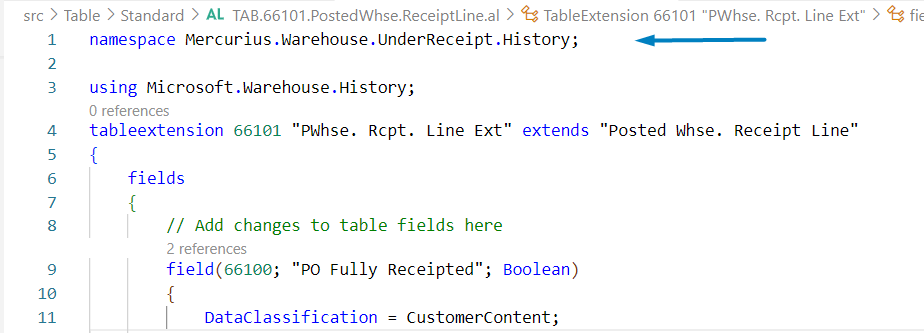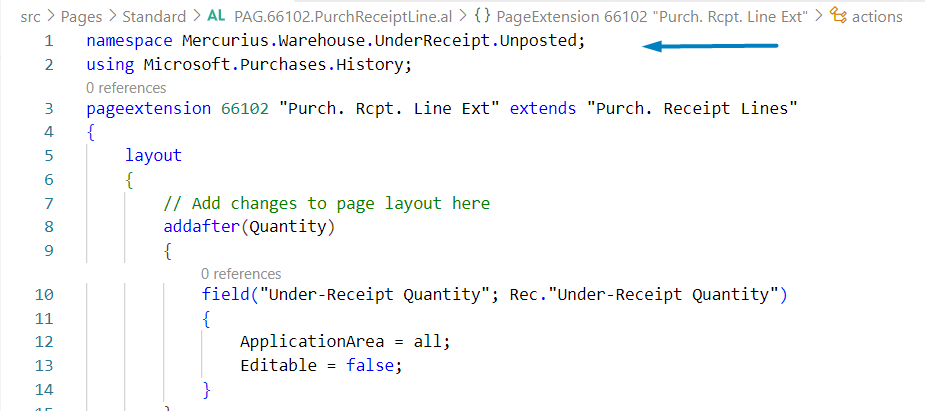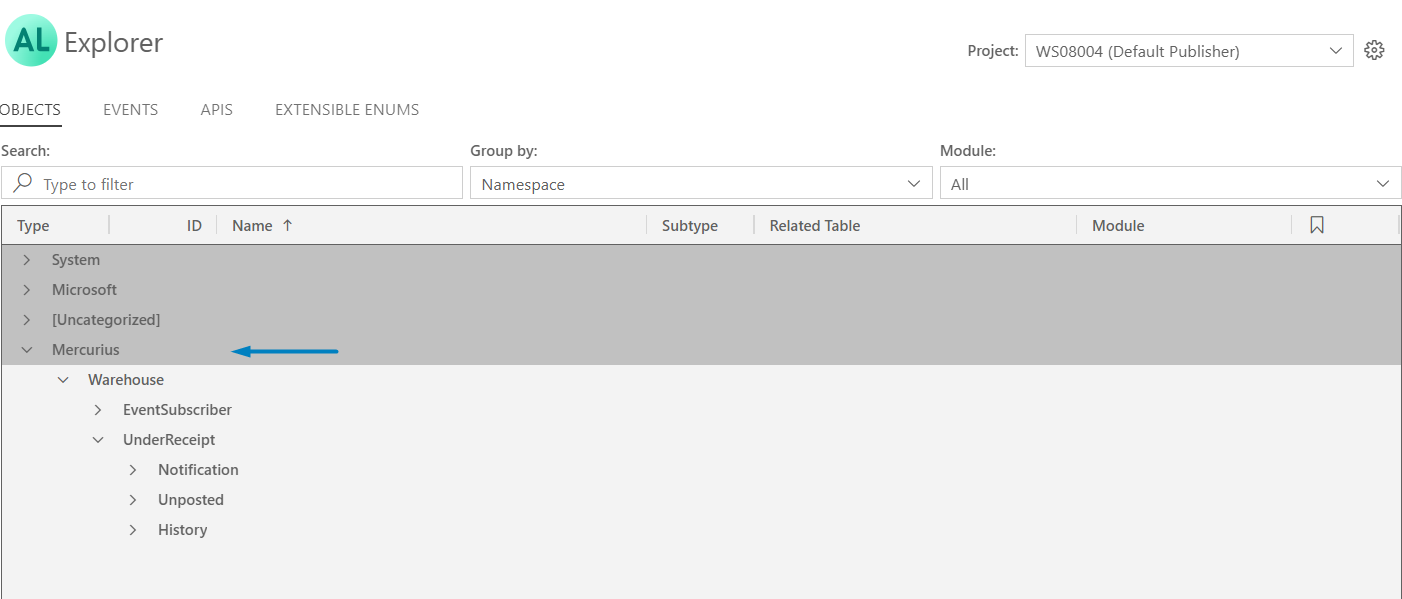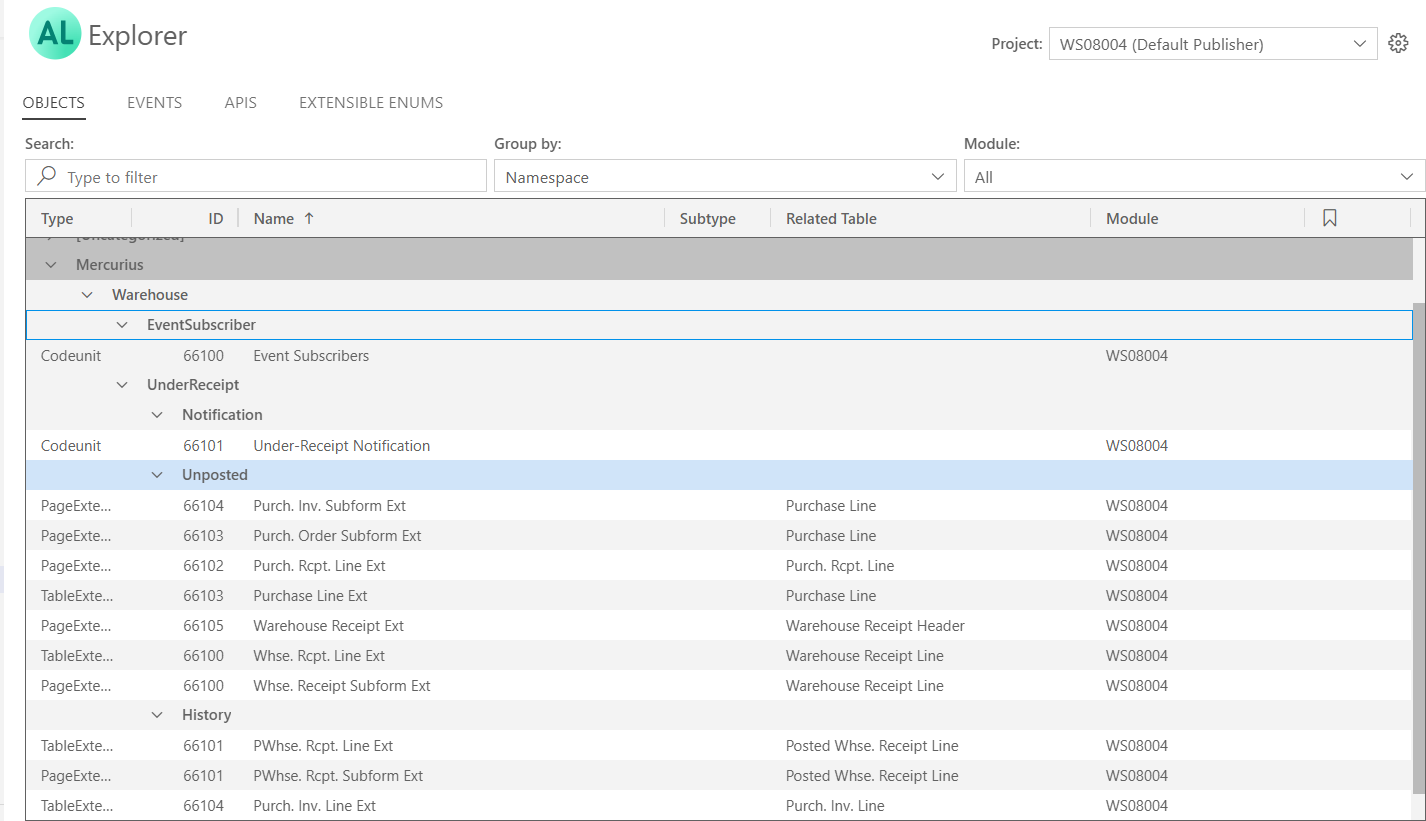Microsoft Dynamics 365 Business Central stands tall as a comprehensive enterprise resource planning (ERP) solution, offering businesses a seamless suite for managing finances, operations, sales, and customer service.
Underpinning its functionality is a vital organisational framework known as namespaces, which streamline the structuring and customisation of objects, paving the way for efficient development.
Let’s take a deep dive into the realm of namespaces within Business Central to grasp their pivotal role in crafting scalable and sustainable solutions.
Understanding Namespaces:
At its core, a namespace acts as a vessel for a collection of identifiers, encompassing variables, functions, or classes, with the primary goal of mitigating naming conflicts and logically orchestrating code.
Within the Business Central ecosystem, namespaces emerge as a linchpin for creating adaptable, modular applications that can evolve with ease.
Key Concepts:
Sidestepping Naming Conflicts: By allocating a distinct space for each module or extension, namespaces steer clear of clashes between objects, ensuring a harmonious coexistence within the system.
Streamlining Code Organisation: The structured approach afforded by namespaces lends developers a roadmap to navigate through the codebase seamlessly, facilitating the identification and comprehension of specific functionalities. This capability proves invaluable, especially in the intricate landscapes of large-scale ERP solutions.
Harnessing Scoping and Modularity: Leveraging namespaces empowers developers to fine-tune the scope of objects, enabling the encapsulation of functionalities within well-defined boundaries. This emphasis on modularity not only amplifies code maintainability but also fosters a culture of agility and adaptability.
Facilitating Extension Management: When augmenting standard functionalities or integrating customisations, namespaces serve as the cornerstone for isolating extended objects from the core application. This demarcation streamlines the process of updates and minimises the risk of unintended repercussions, bolstering the system’s robustness and reliability.
Practical Examples of Namespace:
Creating Custom Functionality: When adding custom functionality to Business Central, developers typically create a new namespace to encapsulate their code. This ensures that custom objects do not interfere with standard functionality.
Example : name given as “Mercurius.Warehouse.UnderReceipt.Notification” & “MSDynamicsBlogs.Warehouse.EventSubscriber”


Extending Standard Objects: Namespaces are crucial when extending standard objects. By creating a separate namespace for extensions, developers can clearly distinguish between standard and custom code.



Clear Separation view of Modules:


Request FREE Business Central Demo
Best Practices for Namespace Utilisation:
Choose Descriptive Names: Opt for meaningful and descriptive names for your namespaces to clearly convey their purpose and contents. Clarity in naming enhances understanding and collaboration within your development team.
Follow a Consistent Naming Convention: Establish a robust naming convention for namespaces and ensure its consistent application across all development endeavours. Consistency fosters coherence and simplifies maintenance tasks.
Plan for Future Scalability: Anticipate future growth and evolution of your solution when designing namespaces. Organise them in a manner that facilitates seamless expansions and updates, thus ensuring adaptability to changing business needs.
In Conclusion:
In the dynamic landscape of Microsoft Dynamics 365 Business Central development, namespaces serve as indispensable tools for crafting scalable, modular, and maintainable solutions.
Harnessing the power of namespaces enables developers to streamline code organisation, mitigate naming conflicts, and enhance the overall flexibility of their ERP applications. Embracing best practices in namespace usage lays a sturdy foundation for a successful and evolving Business Central implementation.
Ready to optimise your Business Central solution with namespaces?
Contact us today for a demo or to learn more about how our expertise can empower your business.
Simply fill out the contact form below with your details, and our team will be in touch shortly.







